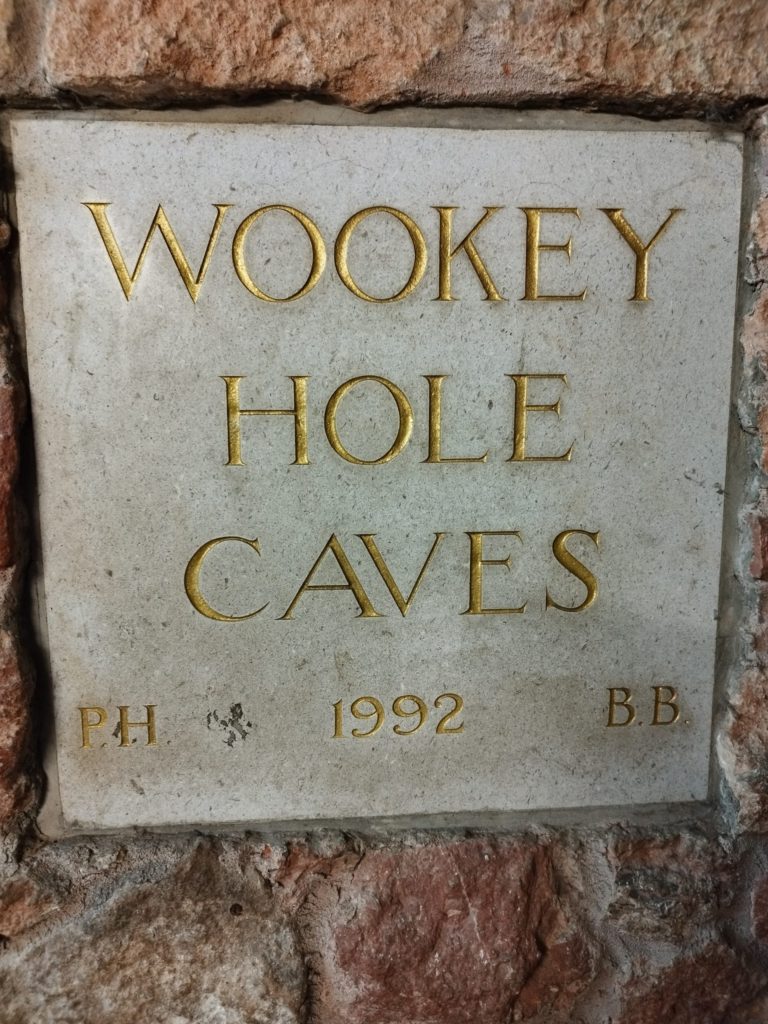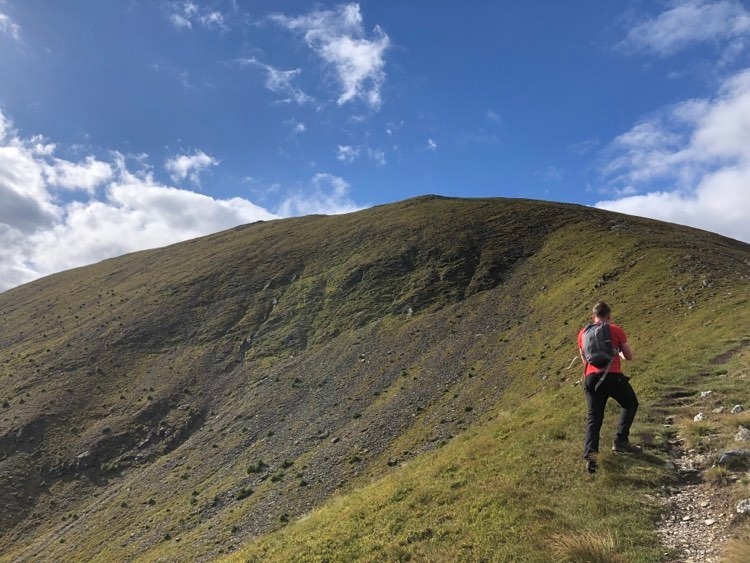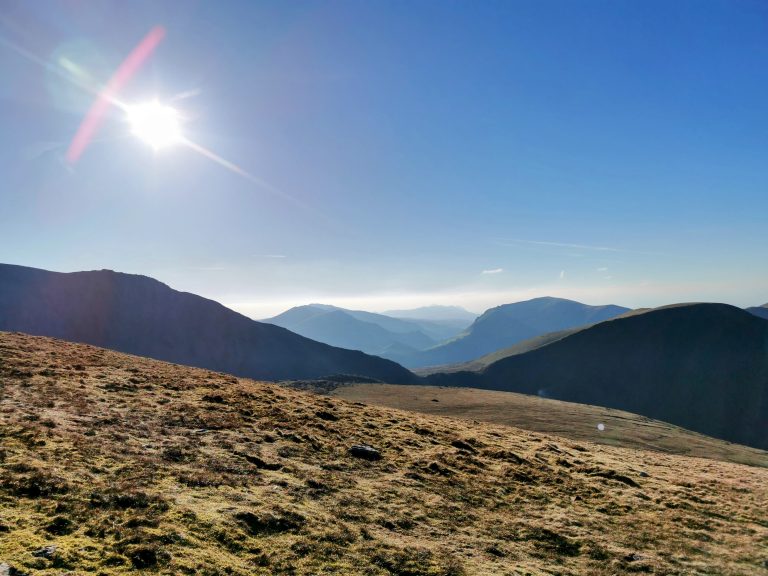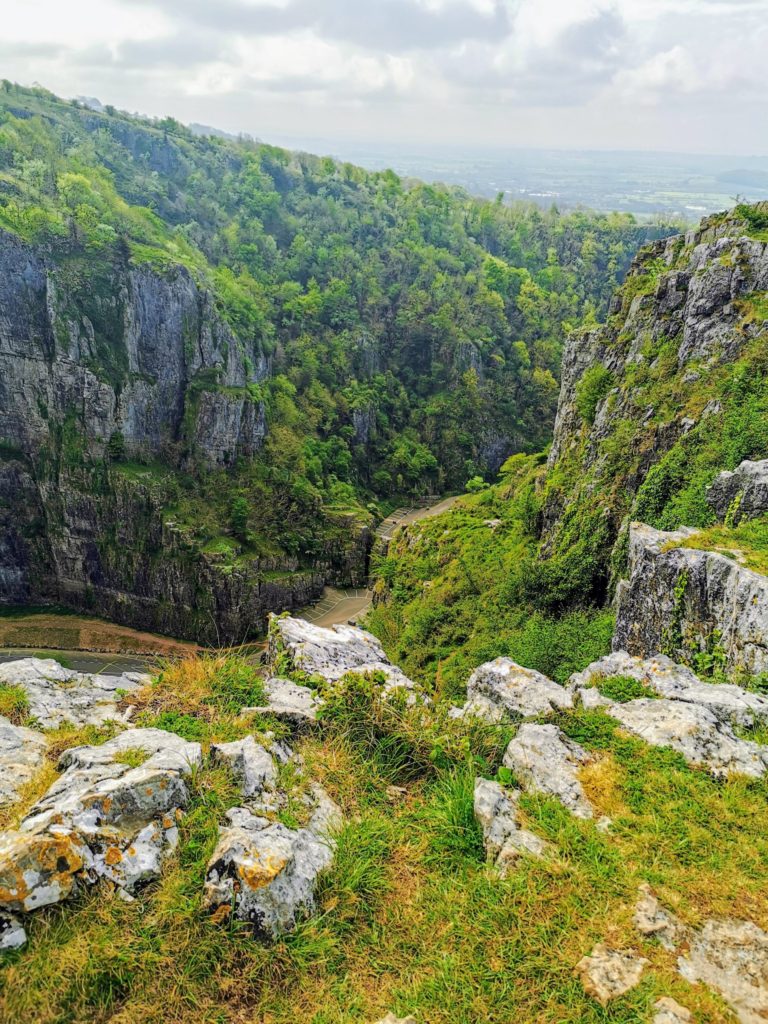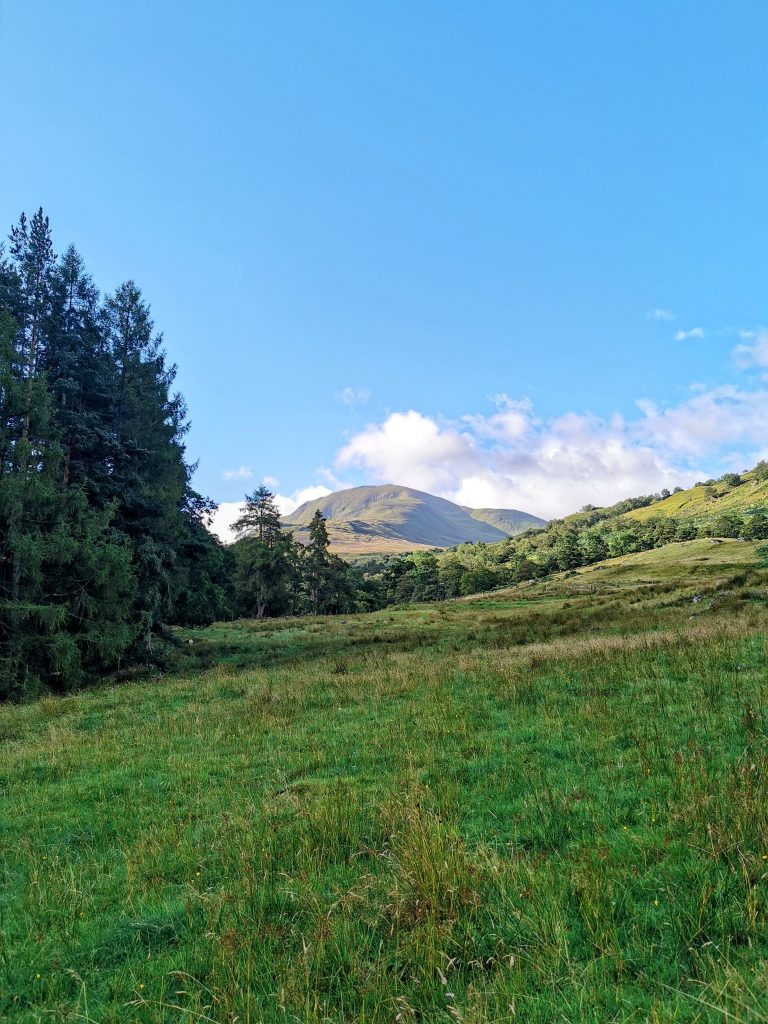I almost drove away from Brean Down as soon as I arrived. But thankfully I persevered with the parking machine or I would have missed what a hidden gem this place is. Having to download a parking app with terrible mobile signal – thanks Three Mobile! – was a bit a pain.
But luckily I got it all sorted and it coast £6 from Dawn to Dusk. If I had just waited 10 minutes, I could have parked for free. But you live and learn right?
Table of Contents
Brean Down And Brean Beach
Brean Beach is in the Top 10 best beaches (#3) in Somerset according to The Beach Guide website. It has the second highest tidal range in the world so as long as you use some common sense and swim when the tide is in, it is safe for swimming.
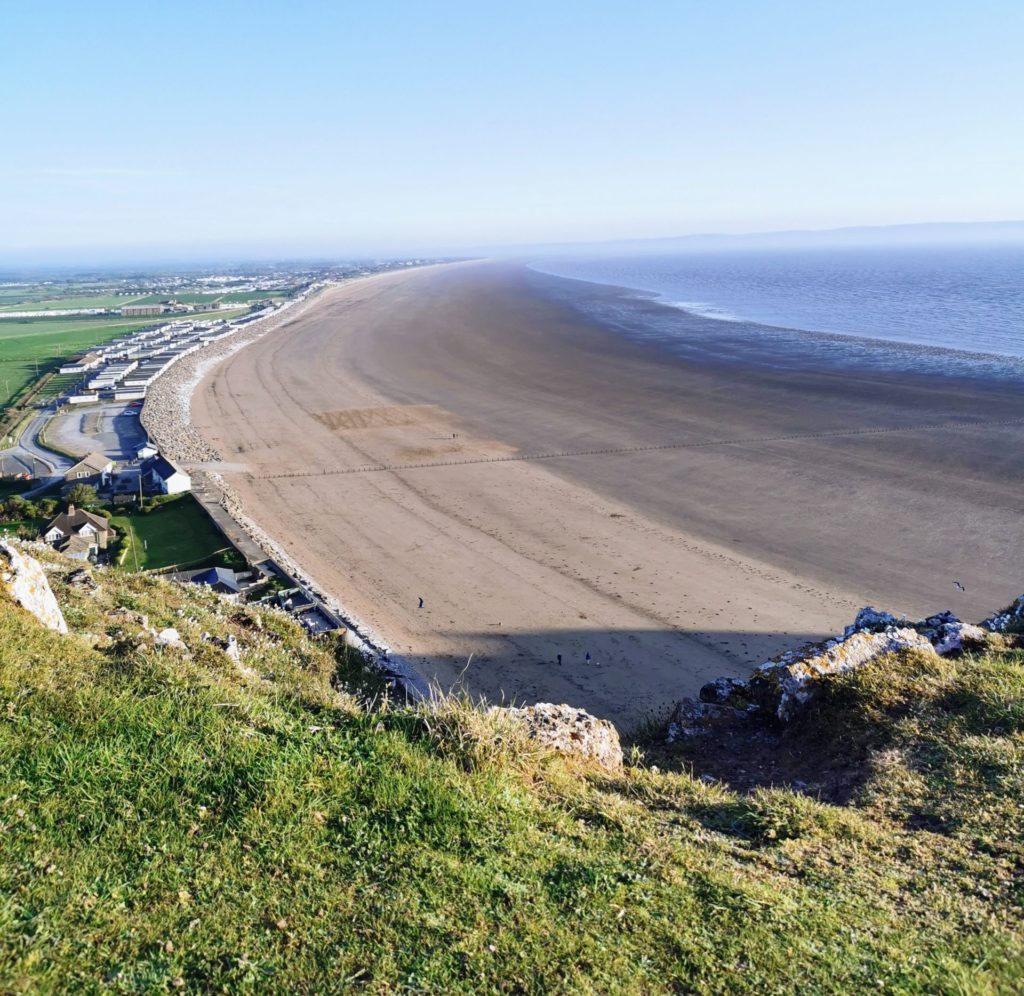
However, it is dangerous to walk too far out at low tide and there are warning signs about staying away from the mud flats on the beach.
When I arrived, there was hardly a soul on the beach. Ok, a rugby youth team turned up ready for on the training, but it was like nobody was there. The beach is huge!
Stairs seems to have been a recurring theme on this trip because to get up the cliff and on to the Coastal Walk, I needed to walk up the steps.
Brean Down Coastal Walk
There are more than 200 steps up apparently. I found out from the National Trust Website. I did count while I was coming back down, but I forgot to write it down. Whoops! But that’s what google is for right?
Brean Down stands over 300ft (92m) high and stretches out 1.5 miles (2.4km) into the Bristol Channel. Prehistoric worship and Second World War weapon testing are just some of the intriguing stories of the Down. It is also renowned for its wildlife including a great variety of birds, plants and butterflies.

Extinct creatures such as Mammoths and Woolly Rhinos have been uncovered. These date back to the Mesolithic period, the same as the Cheddar Man (10,000 BC).
People have been living and farming on the down since the Stone Age. Ancient fields and archaeological remains of a Roman temple are near the steps on the south side of Brean. The banks and ditches of the Iron Age hill-fort are still visible on the east side.
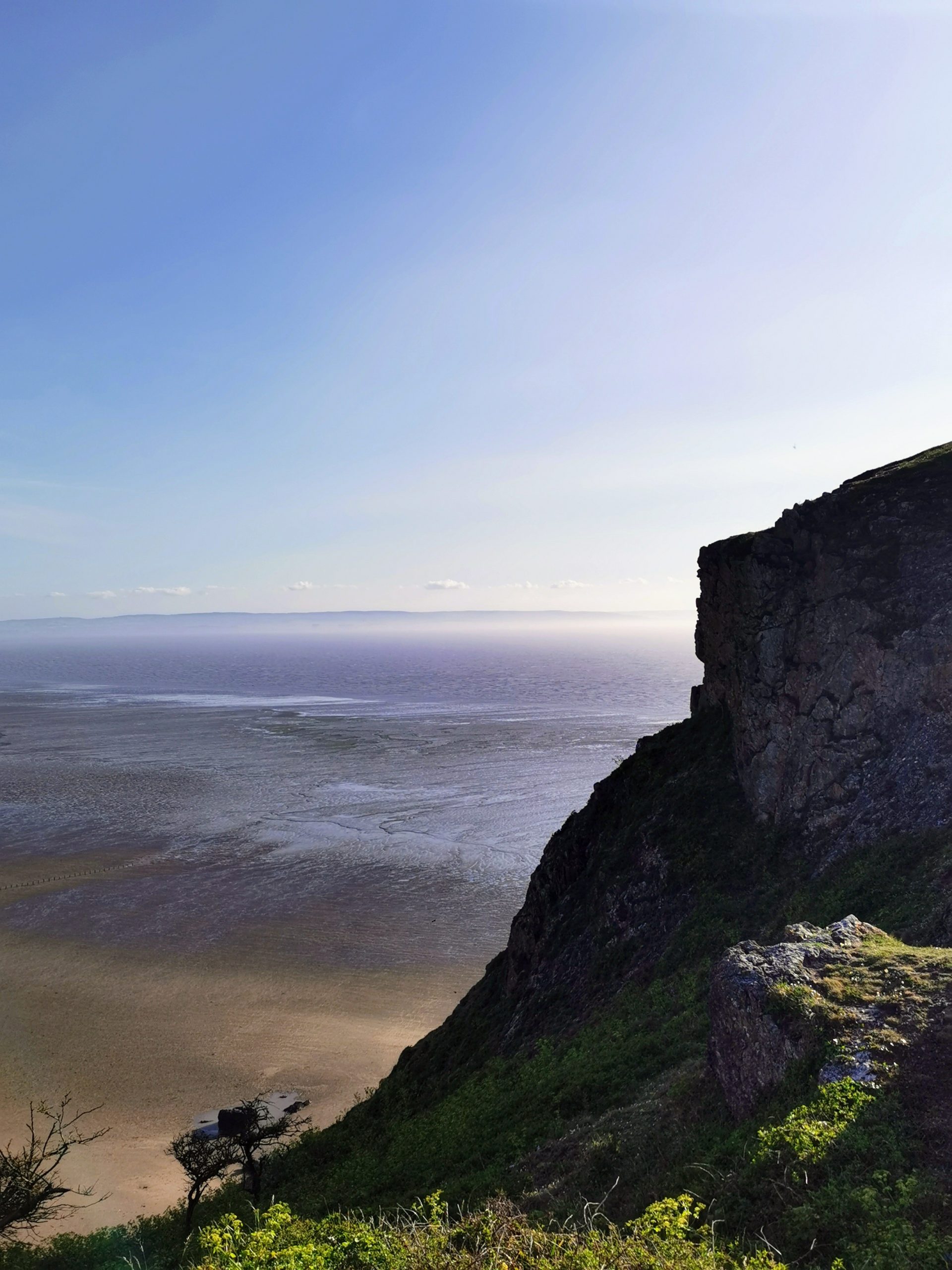

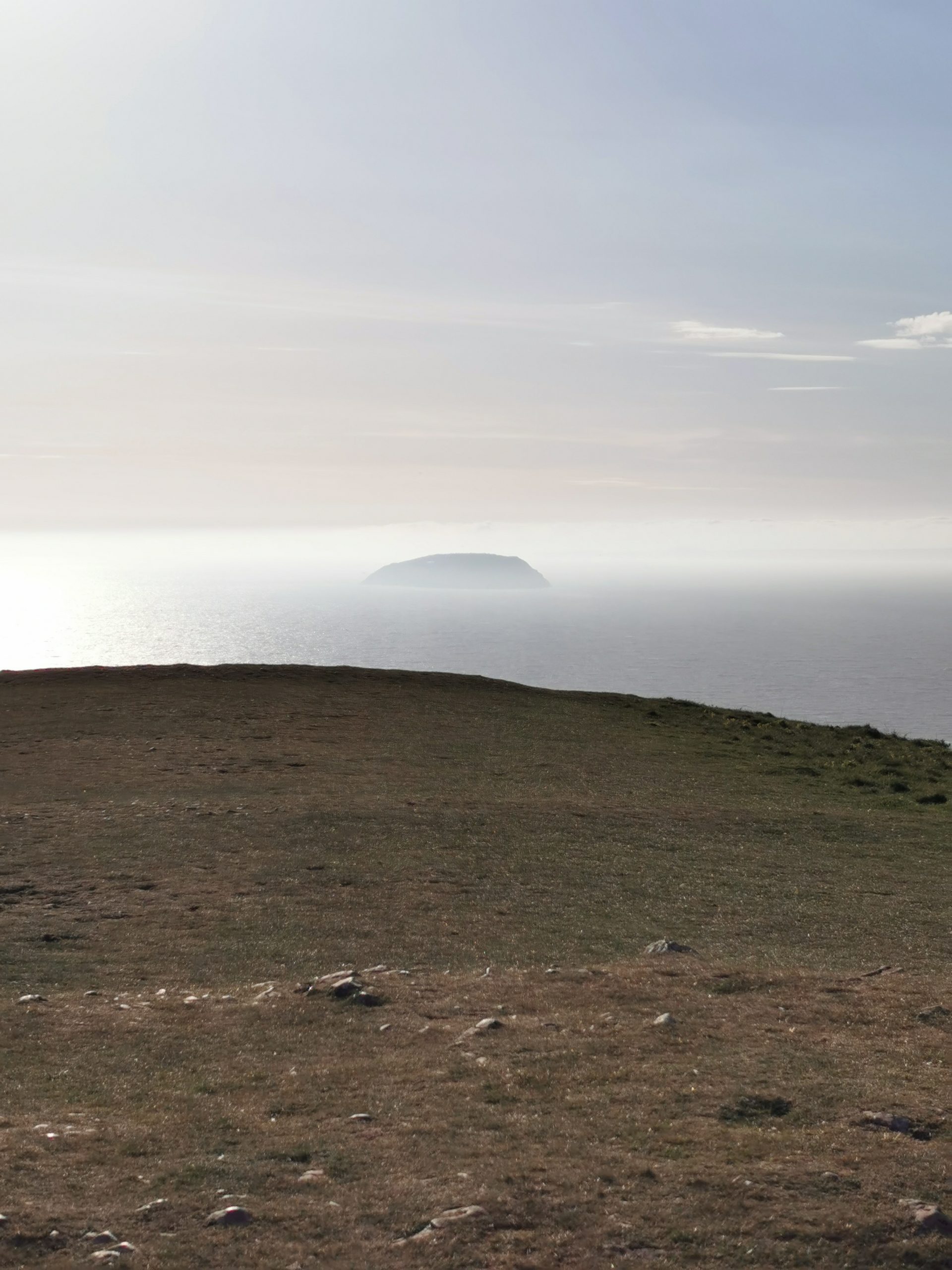
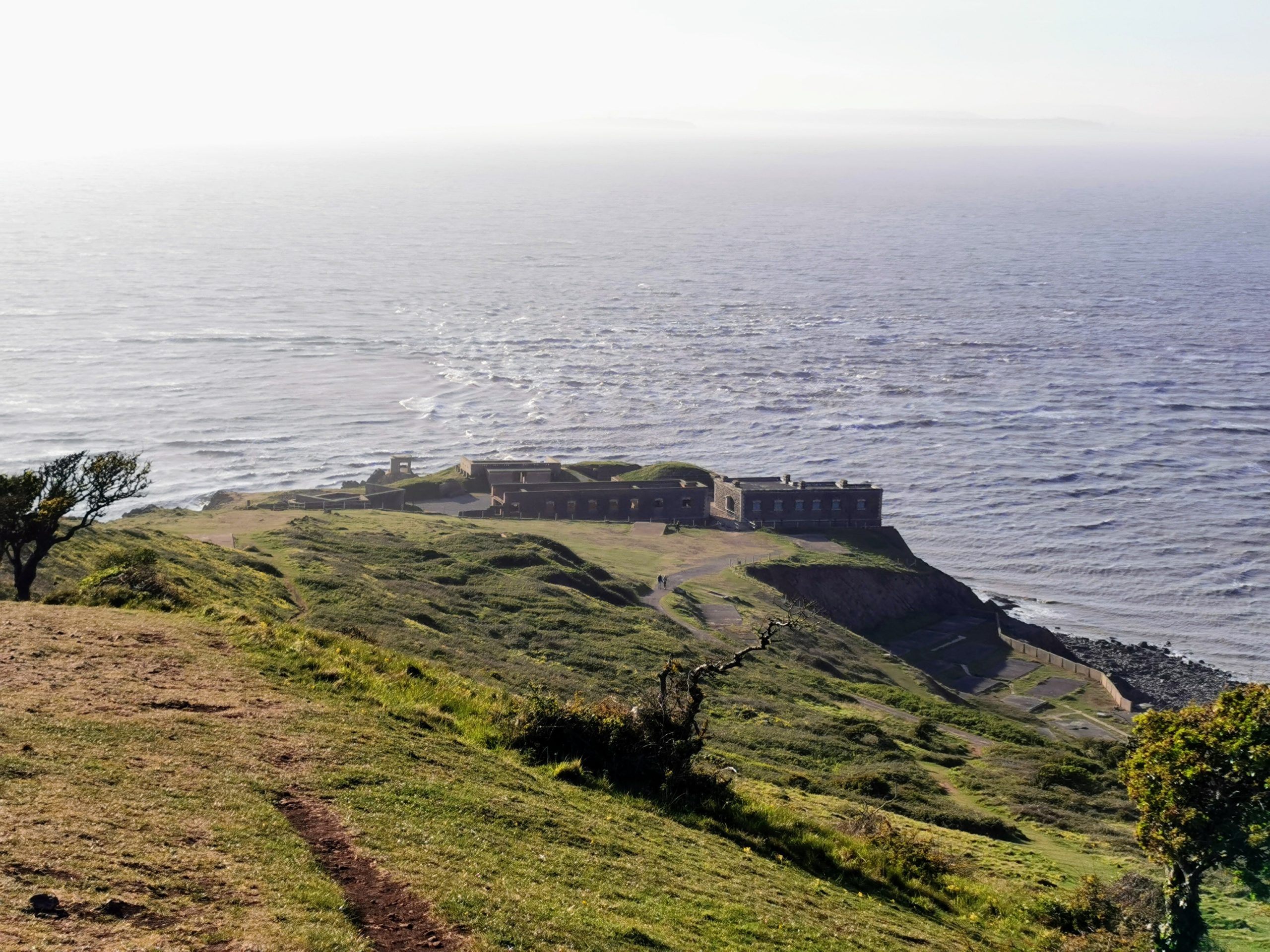
Palmerston Fort
Brean Down’s fort was built to defend against a possible Napoleonic invasion. Lord Palmerston directed the Royal Commission to fortify the coast following a visit by Queen Victoria and Prince Albert to France. They had become concerned at the strength of the French Navy.
Four acres of land at the end of Brean Down were requisitioned in 1862 and construction took place between 1864 and 1871.
The fort was originally armed with seven 7-inch guns sited at three main gun positions. Each gun weighed 7 tons and had enough charge to fire a 112 lb Palliser shot at 1,560 feet per second. This could pierce 8-inch armour at 1,000 yards.


There is a large, underground room which was the main gunpowder magazine, 15 feet by 18 feet by 20 feet high. The fort was staffed by 50 officers and men of the Coast Brigade, Royal Artillery.
A 5 am on the 6th July 1900, No. 3 magazine, which held 3 tons of gunpowder, exploded. An inquiry found that Gunner Haines had fired a ball cartridge down a ventilator shaft causing the explosion.
After the fort was decommissioned around 1907, the Hillman family ran it as a café until 1936 when it was sold to the ‘bird sanctuary people’.
Second World War
During the Second World War, bomber planes practised flying around Brean and used a large concrete arrow on the top of the down, painted white, to direct planes to their practice ranges. Soldiers trained on the six Lewis Guns, light machine guns. They practised by shooting at targets in the bay at Weston-Super-Mare.
The fort is now a ruin, but you can still wander around the buildings and imagine what life must have been like living and working on the down.
I would love to stay for the sunset, but I have to get back to the hotel for dinner!

